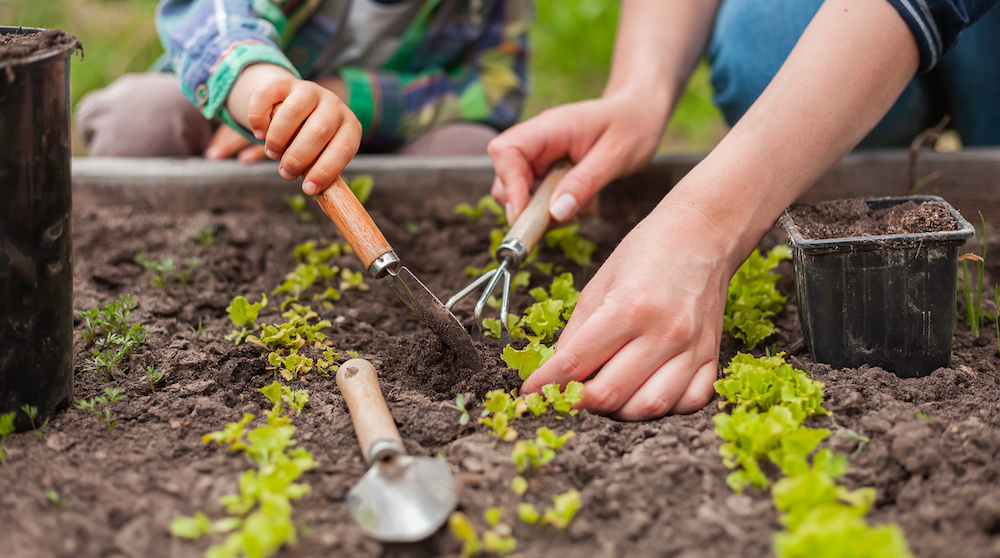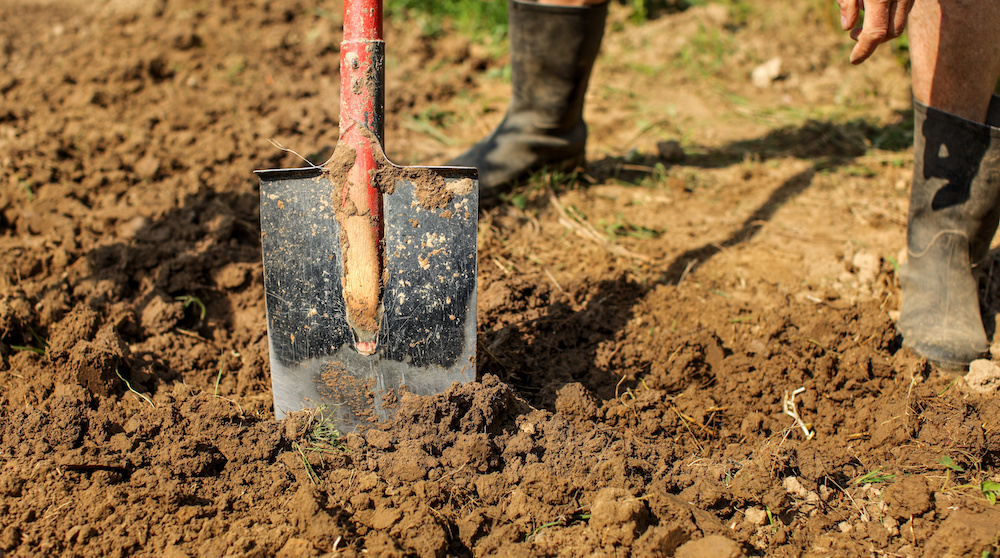How to Improve Soil Quality
For a large number of people, a pristine lawn, colourful flower beds, and a bountiful vegetable garden offer a sense of accomplishment. This goes along with what many describe as a therapeutic feeling of working in the garden or yard.
Unfortunately, many gardeners struggle to realise their dreams of a breathtaking yard despite their best efforts. While there can be a number of reasons for a problematic yard or garden, a common culprit is the condition of the soil. Improving soil quality is achievable if you are willing to follow a few tips from our garden experts.
How to Improve Soil Quality
Entire volumes are filled addressing the issue of soil improvement. However, you do not need an advanced education to make your yard and garden a gorgeous showplace. Just as you would not consider building a house on a shoddy foundation, you should ensure that your soil is in top condition before planting.
Testing your soil is where you should begin your journey to a glorious garden by learning about the quality of your soil. You cannot improve something if its condition is unknown.
Soil Tests
There are a number of facets of soil you can test. However, the most impactful soil fixes will come by determining the type of soil you have and its pH level. You can do simple DIY tests to learn if your soil has clay or sand and the pH level of your soil.
Clay or Sand Test:
Checking for different soil types such as heavy clay soil and sand is relatively straightforward. Simply:
- Collect soil samples from various areas of the garden or yard
- Add water to the samples and form the soil into a ball
- If the ball starts falling apart right away, you have sandy soil.
- Roll the soil ball between your hands and form a ribbon
- If the ribbon starts falling apart, you have sandy loam.
- If you can form a short ribbon before it falls apart, you have a loam variant.
- If you can make a long ribbon, your soil contains clay.
pH Test:
Just a few common household ingredients can indicate if you have soil with a high, low, or neutral soil pH. Simply:
- Place 29 ml of soil in a bowl and add 125 ml vinegar. If the mixture fizzes, you have alkaline soil.
- Place 29 ml of soil in a bowl, then moisten it with distilled water. Add 125 ml baking soda. If the mixture fizzes, you have acidic soil.
- If your soil does not react to either test, it has a neutral pH.
If you prefer not to do soil tests yourself or would like a more in-depth analysis, feel free to reach out to Bibra Lake Soils. Our experts can help you determine the quality of your soil and advise you about the best additions for your soil.
After testing, you need to take action to improve your soil. However, if you have loamy soil, you already have an excellent combination of all soil components and a good multipurpose base for your yard and garden. Clay or sandy soil will require some attention for you to have the optimal medium for growing.
How to Improve Clay Soil
Most plants will fail to thrive in clay soil, so improving the soil is a must for you to get the gardening results you want. Follow these steps:
- Define the area you plan to improve and remove any plants from the site.
- Spread organic material such as compost, leaves, or grass clippings about 18-20 cm thick over the entire area.
- Dig or use a tiller to mix the organic material into the garden bed’s top 20-22 cm. The bed can be used immediately.
- Add compost once or twice a year to maintain the soil.
How to Improve Sandy Soil
Some plants can do well in dry sandy soil, but most prefer better quality. Improving sandy soil is simply a matter of adding a significant amount of organic material. Most organics will work, but compost or manure are the best choices because they are rich in nutrients. To apply,
- Decide on your garden area and remove existing plants.
- Spread organic material over the site, ensuring it is about 30 cm thick
- Dig or till the organic compound into the top 20cm of your garden bed
- Your garden bed is ready to use
- Add a layer of mulch to your garden bed to hold in moisture.
- Add more organic material at least once during the year.
How to Adjust Your Soil pH
The ideal pH of your garden soil is 6.0-7.0.
Lower numbers indicate an acidic soil. If the levels are higher, the soil is alkaline.
You can use baking soda, wood ashes, or crushed egg shells to raise the pH and correct acidic soil. You can also add a product called agricultural lime to raise the pH of your soil.
To lower the pH and adjust alkaline soil, add a natural acidifier such as compost, rotted manure or peat moss. Alternatively, you can use elemental sulphur, aluminium sulphate, and iron sulphate.
Summary
The quality of your soil is a huge factor when it comes to gardening success. If you need more information about soil tests or products that will help make your garden the best on the block, contact Bibra Lake Soils. We have an extensive collection of the best products for your lawn and garden and the knowledgeable staff to guide you to the best choices.




